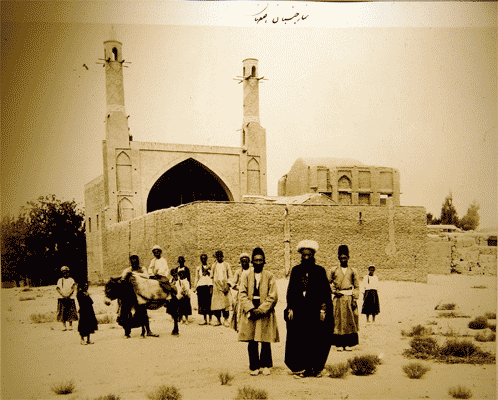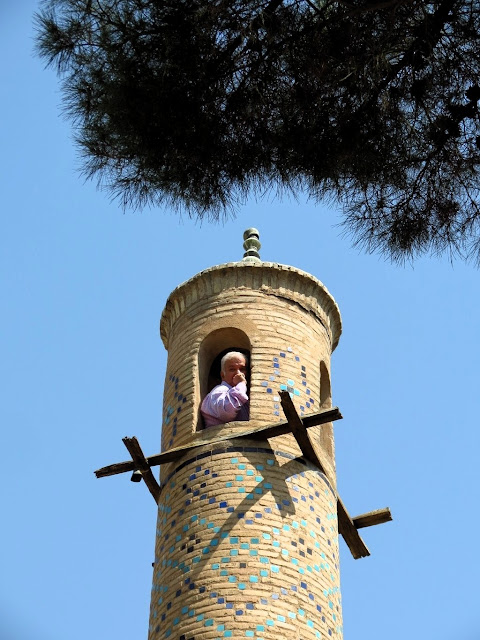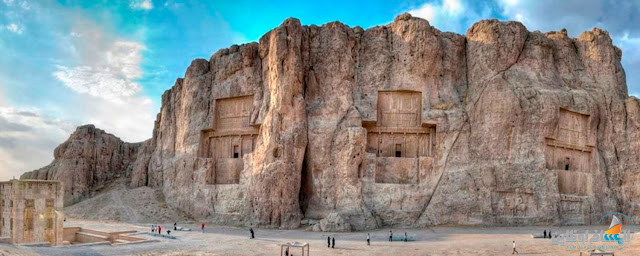Jahan Pahlevan Gholam Reza Takhti (غلام رضا تختی) (August 27, 1930 – January 7, 1968) is the most famous wrestler in Iranian history. He was known for his chivalrous behavior and sportsmanship, and he continues to symbolize the essence of sport to the Iranian people. He competed in the international freestyle wrestling arena for 16 consecutive years and remains one of only two Iranian athletes -- along with weightlifter Mohammad Nassiri -- to have participated in four Olympics.

Takhti was born in Khani Abad, Tehran on August 27, 1930. Due to his family’s poverty, Takhti only experienced 9 years of schooling in Manoochehri elementary and high school. He trained in a makeshift sports hall until he left Tehran to work as an oil worker. After being drafted into the army he was introduced to freestyle wrestling. He was recognized as a natural athlete and after frequent visits to the local zoor khooneh, he was noticed by Hosein Razizadeh of the Poolad Gymnasium and was taken in for further training.

Takhti started as a middleweight wrestler. He won his first Iranian championship in 1950 and became the first Iranian wrestler to win an international medal when he took a silver medal in the world event in Helsinki in 1951. He followed this accomplishment up by earning a silver medal in the 79kg weight category in the 1952 Helsinki Olympics at age 22. Four years later in Melbourne he got better results and alongside his fellow countryman Emam Ali Habibi became the first Olympic gold winner for the country, standing top in the 87kg bouts.
He snatched two world gold medals and one silver medal in Tehran, Yokohama, Japan, and Toledo, Ohio, in 1959, 1961, and 1962 respectively. In the US, Takhti participated while suffering from illness to the extent that upon completion of the tournament, he was immediately transferred to a New York hospital and operated on the following day. He added a silver medal to his collection during the 1960 Olympics in Rome.

With the passing of years Takhti getting heavier and thus he decided to move up to the next weight, 97kg, for the Tokyo Olympics in 1964. But this proved tough for the great champion. He competed unsuccessfully at the Tokyo Olympics and the 1966 world championships. Though he lost in the last two competitions, his popularity was not diminished.
Takhti’s full list of medals reads as follows:
1951: Silver, World championship, Helsinki
1952: Silver, Olympic Games, Helsinki
1955: Silver, World championship, Warsaw
1956: Gold, Olympic Games, Melbourne
1958: Silver, World championship, Sofia
1958: Gold, Asian championship, Tokyo
1959: Gold, World championship, Tehran
1960: Silver, Olympic Games, Rome
1961: Gold, World championship, Yokohama
1962: Silver, World championship, Toledo, Ohio.

Upon departure for what turned out to be his last competition, Takhti paid tribute to the many that had come to see him off at the airport by proclaiming, “I feel like I owe all of my fans who have come here to see me. How much kindness do I need to repay them?”
Takhti was found dead in his hotel room on January 7, 1968. The Iranian government officially proclaimed his death a suicide. However, some claim that he was murdered because of his political activities against the Pahlavi regime, directing accusations against Savak. Upon his death the whole country went into mourning with the streets of Tehran with hundreds of thousands grieving fans observing their last tribute to their hero. He is buried at Ibn-e Babooyeh cemetery in the Southern part of Tehran, near Shahr’e Ray, where he is commemorated every year by his fans. He was survived by his wife and son, Babak Takhti, an author and translator, born a mere 4 months before Takhti’s sudden death.
Decades after his death, Takhti remains the most popular athlete in Iranian sports. People fell in love with his dignity and humanity since his debut in 1950.
In 1961, a terrible earthquake occurred in Boein Zahra in western Iran, killing 45,000 people. Takhti was deeply touched by the suffering. Already one of Iran's biggest stars, he began to walk one of the main avenues of Tehran, asking for assistance for the victims. He inspired other champions to follow in his footsteps, and thousands gave to alleviate the suffering. He and his friends loaded up trucks with blankets and food and distributed these, together with money they had collected, among the devastated areas.

Another example of Takhti’s character comes from a match in Moscow. After defeating the then-world champion Anatoli Albul, Takhti saw the sorrow on the face of Albul's mother. Takhti went to her and said, "I'm sorry about the result, but your son is a great wrestler." She smiled and kissed him. And another memory of him that clarifies his character even more: Once he had a match with Russian wrestler Alexander Medved who had an injured right knee. When Takhti found out that he was injured, he never attacked that leg. Instead, he tried to attack the other leg. He lost the match, but showed that he valued honorable behavior more than reaching victory. Alexander Medved, out of respect, has visited Takhti's grave many times in Iran over the years.
The famous Iranian weight lifter Salmasi remembers one such chivalry during the Olympics. In the opening day Takhti gave up his responsibility of carrying the flag and gave it to Salmasi as a gesture of respect to Salmasi who had been brought to the Olympics as Iran's weightlifting coach. As Salmasi recollects, in his own words, "I was standing toward the end in the Iranian group. We are waiting for our turn to enter the Rome Stadium. I am a short guy and I was almost lost in the Iranian delegation. Suddenly I saw Pahlevan Takhti coming toward me with the flag in his hand. He practically dragged me to the front and handed me the flag and said 'Sir, as long as you are here with us I will not allow myself to carry this sacred flag. You are an Olympic veteran and because of the respect and honor we owe you, it is you who should carry this flag not me!' He then stood behind me and I carried the flag into the Stadium."























































